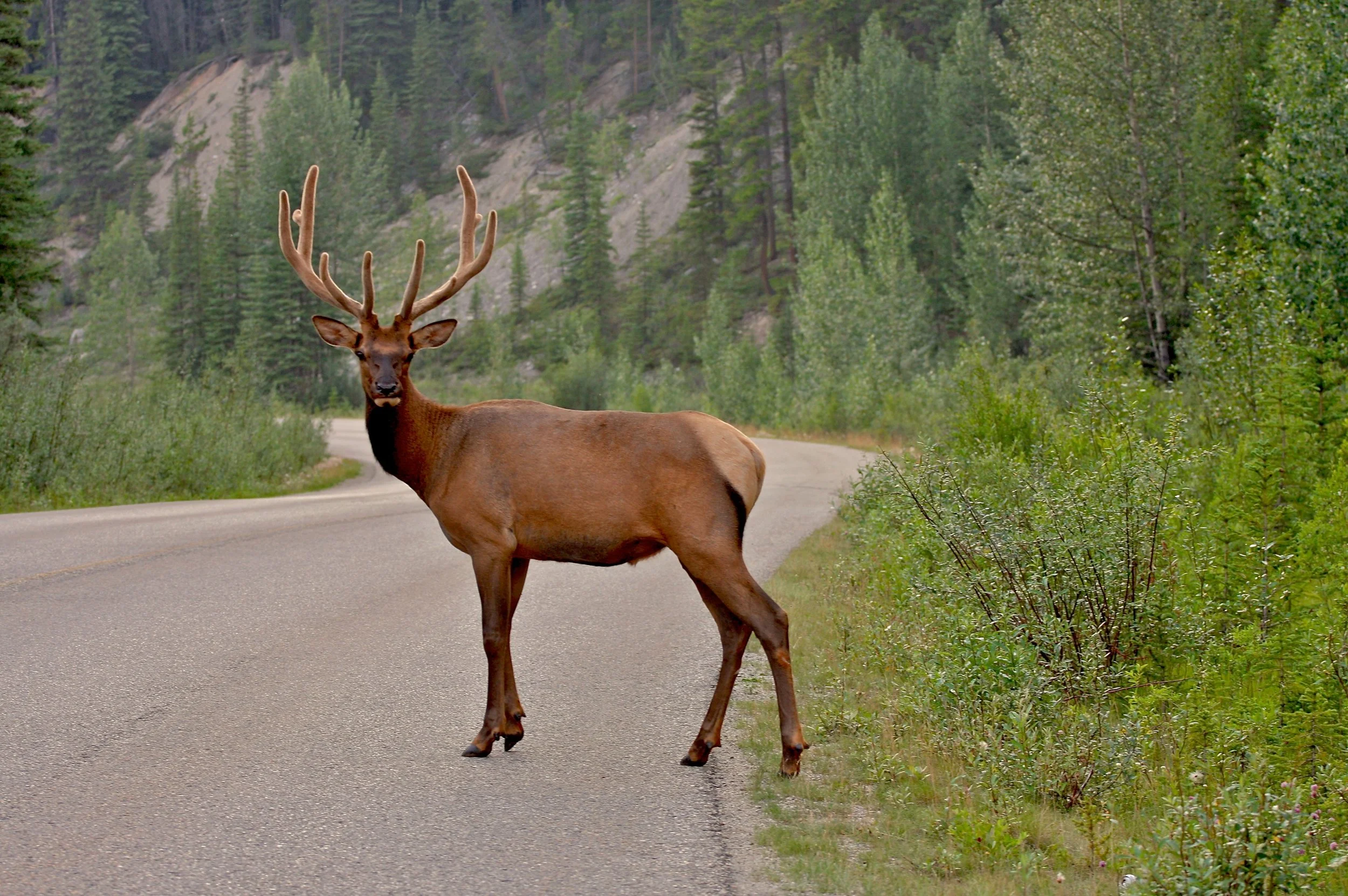Wildlife on the Move: Oregon Drivers Urged to “Watch for Wildlife” This Fall
As deer, elk, and other species begin their fall migration, the Oregon Wildlife Foundation (OWF) is reminding drivers to stay alert and help prevent wildlife-vehicle collisions.
Each year, an estimated 5,000 large animals are struck and killed on Oregon roads, with peak collisions occurring in October and November when animals migrate to lower elevations. Collisions not only threaten wildlife but also endanger motorists.
“Slowing down to admire the beauty of our changing seasons also lessens the likelihood of a collision with wildlife on the move this time of year,” said Tim Greseth, Executive Director of Oregon Wildlife Foundation. “Deer, elk and other wildlife are moving from their higher elevation summer range to where they’ll spend the winter, which puts more of them on our highways and roads.”
Drivers can reduce their risk by slowing down at dawn and dusk, observing wildlife crossing caution signs, and avoiding sudden swerves. When one animal crosses, others may follow.
The Watch for Wildlife specialty license plate, in part, helps fund projects that make roads safer for both people and wildlife, undercrossings, overcrossings, and fencing. Proceeds from the sale and renewal of this plate support efforts to improve and restore habitat connectivity statewide.
“Not only is the Watch for Wildlife plate nice-looking, but the money it raises helps reduce wildlife-vehicle collisions throughout the year,” said Mo Montgomery, OWF External Communications Manager. “Plate holders should feel good knowing their license plate saves lives.”
Oregonians can order the Watch for Wildlife plate through the DMV or visit myowf.org/watchforwildlife to learn more about how plate sales fund critical habitat connectivity projects throughout the state.
For more information on wildlife movement in Oregon, visit myowf.org/wildlifemoves.

